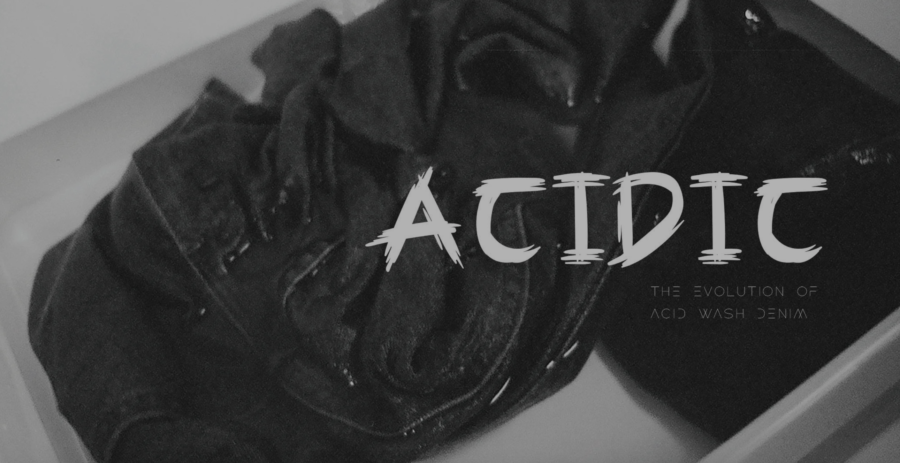Consider two planets that are exactly alike in every way except an additional butterfly lives on one planet. Over time, the chaotic weather patterns start to differ because of that single butterfly.
This phenomena only begins to describes some of the research physics professor Bruce Miller choses to dive into.
Miller is a prominent researcher known for his work in the Chaos Theory, an interdiscplinary line of science involving what many people know as the “butterfly effect.”
The theory studies the behaviors and results of systems that are dramatically altered with small variables. In many naturally occuring systems, there is a sensitive dependence on initial conditions.
In the 1980s, Miller created a mathematical model known as the “wedge-billiard theory” in a DOS system, a theory that turned the Chaos Theory upside down. That was 30 years ago, he said, but even today, scientists still use his model to understand a constantly-developing science.
While away on sabbatical at the Institute of Physical Science and Technology at the University of Maryland, Miller derived the equations necessary for the wedge-billiard theory.
The wedge-billiard model consists of a ball bouncing back and forth between an angled, flat surface and a perpendicular barrier. It was one of the first two-dimensional models with a purely chaotic system and, after changing an angle, a purely stable one, he said.
He sent the equations to a graduate student at TCU because the University of Maryland had a small number of computers and the mainframe did not have graphics capabilities.
After he put the equations into the computer, they saw that the theory proved true.
“We found out what the chaos was in one phone call. It was rather exciting,” he said. “That’s what convinced me that computers were really cool. Until I could see this, nobody would really know what was happening.”
In high school, Miller was never satisfied with just learning other things that people had told him, but would instead work it out his own way.
At his high school in New York City, he learned to be very independent, which he said contributes to his research and teaching.
Miller lived in New York City from birth until he finished college.
He attended Stuyvesant High School, a “premier school for science, mathematics and technology,” according to its website.
Miller made an hour-long commute via subway from Queens, where he lived, to Manhattan every morning in order to get to his high school, and he often did his homework on the noisy subway.
“I had to learn how to think independently when I was quite young,” he said. “When I went to Stuyvesant High School and so forth, people didn’t hold your hand.”
When Miller attended, Stuyvesant was one of three high schools in New York City that required an entrance exam to get in.
Next, he went to Columbia University for his bachelor’s and received his master’s in physics at the University of Chicago.
“Physics and math are both something that I seemed to have a natural affinity for,” he said.
Miller also grew up in a Jewish family with parents who were fluent in Yiddish, and still thinks of himself as a New Yorker in many ways.
“I have this split persona: in Fort Worth I can say ‘Hi, y’all’ but when I get off the plane in New York I revert to that New York guy,” he said.
Miller plays the violin with the Fort Worth Civic Orchestra and enjoys classical music, going to the gym and hiking in the mountains. Still, he said, his wife thinks that his major hobby is theoretical physics.
Along with teaching multiple classes at the university, Miller is also working on several research projects with graduate students and other professors, including a friend who lives in France.
No matter where he is, Miller knows he is still part of the chaos.






